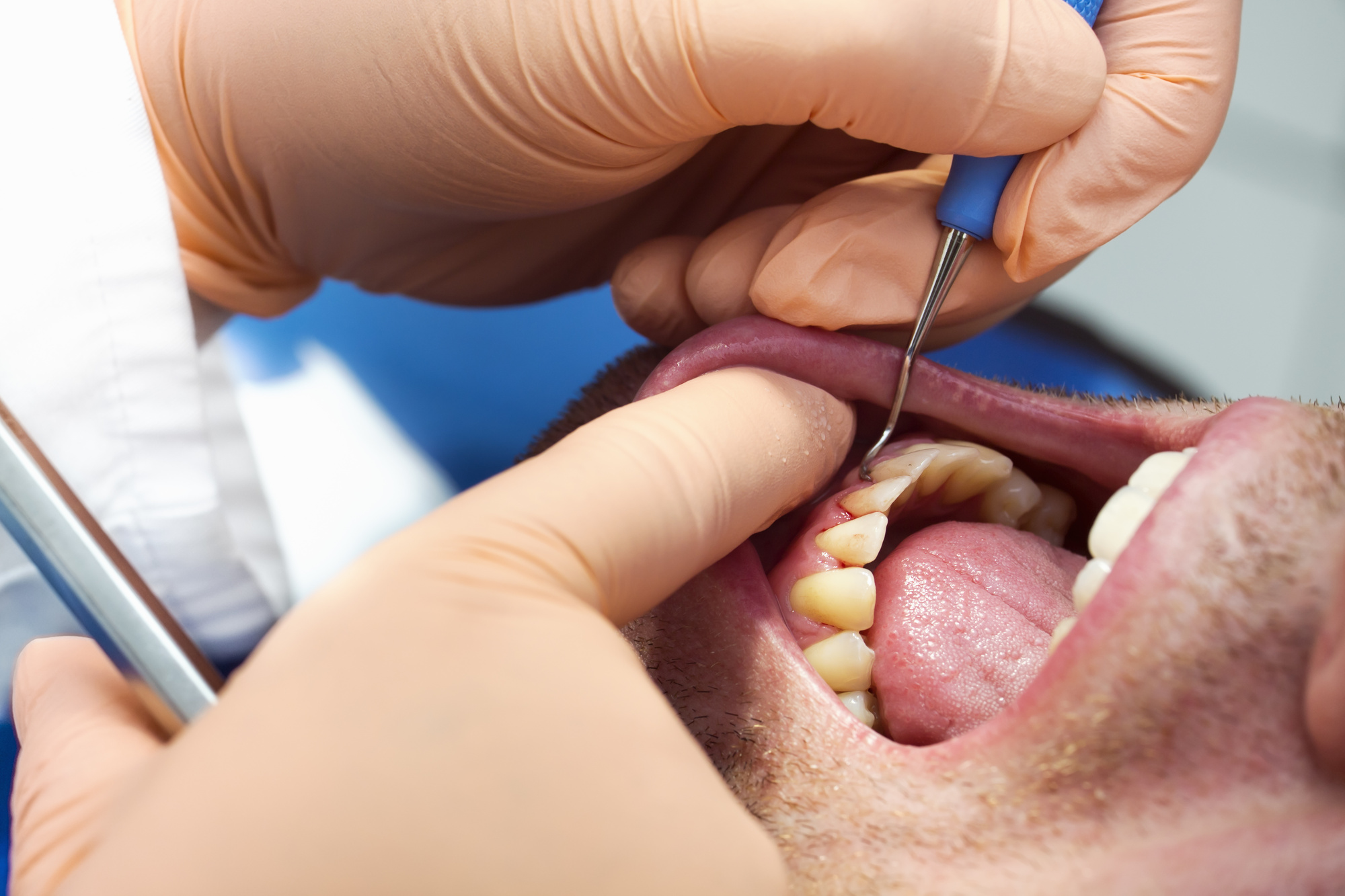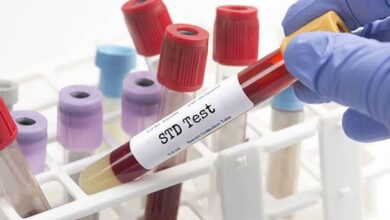
Preventive Dentistry: The What, Why, and How!
Despite the fact that 85% of adults in the United States say their oral health is important to them, a far smaller percentage of people regularly schedule dentist checkups.
Less than two-thirds of adults (63%) say they have made a dental visit in the past year, a figure that is significantly higher among children (86%). Maintaining good oral health is a lifelong journey and regular visits to the dentist are a major part of this.
You might be wondering, though, what is the goal of preventive dentistry?
In this blog post, we will highlight what the goal of preventive dentistry is and the steps that people can take to maintain good oral healthcare habits. These steps include both in-office preventive dentistry procedures and at-home preventive dentistry tips that you can follow. Let’s get started.
Table of Contents
What Is Preventive Dentistry?
In a nutshell, preventive dentistry is focused on maintaining a proper oral healthcare routine that helps to ward off oral problems in the future. As we all know, prevention is better than the cure, and having a proper routine will help you to keep your teeth and gums in a healthy condition.
It is the practice of caring for your teeth to keep them healthy, which will help to avoid enamel wear, cavities, gum disease, and other oral problems. When it comes to scheduling visits to your dentist, the intervals between appointments will typically be determined by your dentist based on your current oral health.
Visiting the dentist every 6 months is a good rule of thumb to follow, though it will differ for everyone. Some people who have an excellent at-home routine may not need such frequent visits, while other people may be recommended to see their dentist more frequently than twice a year (3 to 4 times, for example).
In-Office Preventive Dentistry Procedures
Let’s take a look at some of the most common preventive dentistry procedures that are offered in-house by dentists and highlight their benefits.
Dental Cleaning
Also known as a teeth cleaning, this is a standard preventive dentistry procedure. It is typically a simple and painless procedure that is central to maintaining healthy teeth.
There are a number of steps involved in a dental cleaning visit, starting with a physical exam. The dental hygienist will use a dental mirror tool to check around the teeth and gums.
The hygienist is looking for any signs of potential problems.
Next, the hygienist will begin to remove plaque and tartar. This is done using a scaler and works around the gum line and between the teeth. During this step, you will likely hear a scraping noise that can be a little unsettling, though it is completely normal.
Once the teeth are free from tartar, the hygienist will then use a high-powered electric toothbrush to clean the teeth. This allows the hygienist to get a deep clean and remove any remaining tartar, using a gritty toothpaste that helps to scrub the teeth. At this point, the hygienist may use floss to remove any last plaque that still remains from the earlier steps.
Once you have rinsed your mouth to remove any debris, the hygienist will apply a fluoride treatment. This treatment serves as a protectant and helps your teeth to fight against cavities. It also helps to reverse any indications of cavities developing on the teeth.
Dental X-Rays
While dental cleanings are generally performed twice a year, dental X-rays are more commonly taken once every year. They may occur more frequently if the dentist is tracking a specific problem.
Dental X-rays are images of the teeth that are used by the dentist to determine oral health. They allow the dentist to identify potential problems, such as impacted teeth, tooth decay, and cavities.
There are several different types of dental X-rays that can be performed. Each one will record a slightly different view of the mouth. Common types of intraoral X-rays include:
- Occlusal
- Bitewing
- Periapical
- Panoramic
Extraoral X-rays may be taken if the problem area is outside of the teeth and gums, such as in the jaw.
With digital X-rays, the images will be immediately available and the dentist will be able to review and check for any abnormalities. Speak with your dentist today if you are interested in learning more about the oral health benefits of dental X-rays.
Dental Sealants
A dental sealant is a thin, plastic coating that is painted on the chewing surfaces of the teeth, with the goal of preventing tooth decay. Once applied to the teeth (usually the molars and premolars), the sealant bonds into the grooves and depressions, forming a protective shield over the enamel.
According to the Centers for Disease Control and Prevention, dental sealants help to prevent 80% of cavities in the first 2 years after applicants. For the first 4 years, they help to protect against 50% of cavities, and they can be retained in the mouth for up to around 10 years in total.
Though they are most common among children (particularly during the years when cavities are common—6 to 14 years), they can also be beneficial to adults. The application process is painless and simple and it only takes a few minutes to complete. For patients under the age of 18, dental sealants are usually covered by insurance companies.
Mouthguards
Custom-made mouthguards from your dentist can be used for a variety of reasons, with the aim being to protect the teeth against damage or wear. For example, they may be worn while playing contact sports or while sleeping to protect teeth from clenching or grinding.
While standard and boil-and-bite mouthguards are available, the most recommended option is a custom-made mouthguard. The dentist will take a mold of the teeth and use it to create a mouthguard that has been specifically crafted for the teeth and mouth, proving a better fit.
There are different types of mouthguards available, depending on the specific case. They include:
- Sports mouthguards
- Teeth grinding mouthguards
- Sleep apnea mouthguards
- Snoring mouthguards
It is even possible to wear a mouthguard while undergoing orthodontic treatment. Your dentist will be able to make a custom-fitted mouthguard that can be worn over braces, helping to protect them while playing sports or performing other activities.
Oral Cancer Screening
Oral cancer develops in the tissues of the throat or mouth. In the United States, close to 50,000 oral cancer cases are diagnosed each year, mostly in people over the age of 40. Key to surviving oral cancer is early detection, something that oral cancer screening can provide.
There are a number of different types of oral cancer, including:
- Gums
- The floor of the mouth
- Tongue
- Lips
- The inner lining of the cheek
- Hard and soft palate
Twice yearly dental care checkups can help to detect possible signs of oral cancer, allowing for effective early treatment.
At-Home Preventive Dentistry Tips
Next, we will highlight some effective and practical at-home preventive dentistry tips that you can follow to maintain good oral health.
Use a Fluoride Toothpaste
Fluoride is a mineral that is found in the teeth and bones, as well as naturally in air, water, rocks, soil, and plants. Within the dental industry, it is used to strengthen enamel (the outer layer of teeth) and also helps to prevent cavities.
In the United States and many other countries, a small amount of fluoride is added to public water supplies, a process that is known as water fluoridation. As well as in the water supply, fluoride can also be found in toothpaste and mouth rinses. Some of the benefits of using fluoride as part of an oral health routine include:
- Slows down the loss of minerals from tooth enamel
- Rebuilds weakened tooth enamel
- Prevent the growth of oral bacteria
- Reverse early signs of tooth decay
Therefore, it is important that you use toothpaste that contains fluoride. While there have been some concerns over the safety of fluoride, it has been shown to be safe in low amounts.
Change Your Toothbrush Often
It is recommended that you change your toothbrush (or toothbrush head in the case of electronic toothbrushes), every 3 to 4 months. You may need to change it sooner if you notice signs that the toothbrush is starting to wear out.
At home, the toothbrush serves as the first line of defense against bacteria. After a few months of use, the bristles in a toothbrush will start to become twisted or fall out, reducing its effectiveness.
There are a number of other steps that you can take to care for your toothbrush. One is to avoid sharing it with any other family members. You can also store it away from other toothbrushes and give it a good rinse under running water after every use.
Avoid using a special closed container to store your toothbrush between uses, as this can encourage the spread of bacteria and mold growth.
Floss Daily
The importance of regular flossing cannot be overstated. It is recommended that you floss once a day (and brush your teeth twice). Some of the main benefits of flossing include:
- Gets rid of plaque
- Reduces the risk of cavities
- Helps prevent gum disease
- Reduces bad breath
- May help heart health
There are a number of types of floss that you can use, waxed and unwaxed. Other options for flossing include water flossers, air flossers, and interdental brushes. It is recommended that you floss before brushing your teeth.
Eat a Balanced Diet
Your diet plays a big role in your overall oral health. The foods that you choose to eat will affect the health of your teeth and gums, as well as your overall general health. Some foods that you can eat to promote good oral health include:
- Cacao nibs
- Grass-fed dairy
- Fatty fish
- Leafy greens
- Grapefruit and oranges
On the other hand, there are a number of foods that you should avoid as they can increase the likelihood of sensitive teeth, bleeding gums, and cavities. These include:
- Crackers
- Dried fruit
- Soda (this includes diet soda)
- Kombucha
- Beans and lentils (due to the presence of phytic acid)
If you are interested in learning more about how a balanced diet can support good oral health, we recommend that you speak to your nearby dentist office.
Avoid Smoking
It will come as no surprise to learn that smoking has a negative effect on oral health. Smoking increase the risk of tooth loss, gum disease, oral cancer, and bad breath.
Quitting smoking is highly recommended for people who are interested in improving their oral health. Even if a person has smoked for many years, they will be able to see an improvement in their oral health and reduce their likelihood of tooth loss, gum disease, and more.
Practical ways to quit smoking include avoiding triggers, considering nicotine replacement therapy, keeping busy, getting therapy, and reminding yourself why you are quitting. If you are not yet ready to quit smoking, it is important to schedule regular dental appointments to prevent tooth stains and fight gum disease.
What Is the Goal of Preventive Dentistry?
The bottom line is that the goal of preventive dentistry is to maintain good oral healthcare habits in order to avoid oral problems in the future. The above oral health care advice will help you to keep your teeth and gums in healthy condition for many years.
If you are worried about your overall oral health or would like to learn more, schedule an appointment with your dentist today.
Did you like this blog post? Can you now answer — what is the goal of preventive dentistry? Be sure to check out our other informative articles on a wide range of interesting topics.








